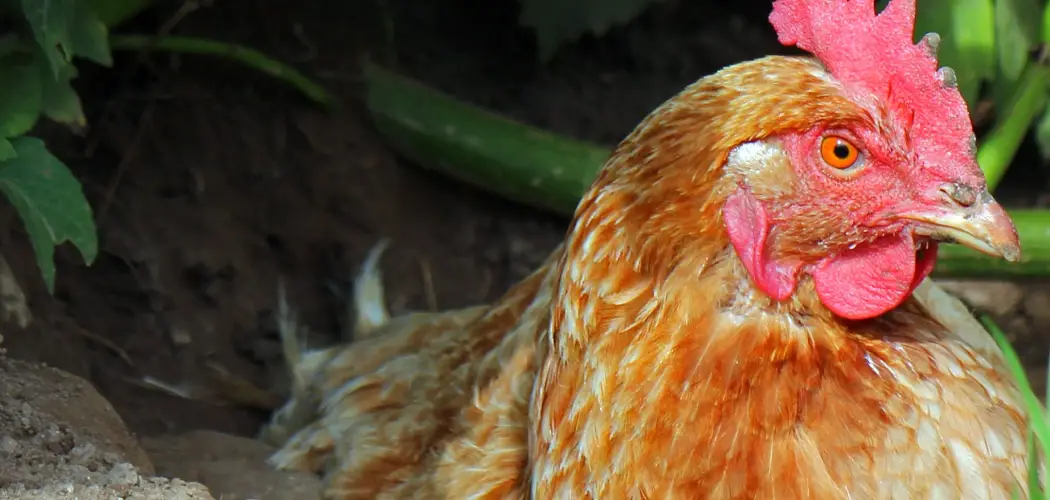Are you an owner of a chicken coop? Do you have a flock of hens that provide fresh eggs daily? Then you might come across the term ‘egg-bound hen’ at some point.
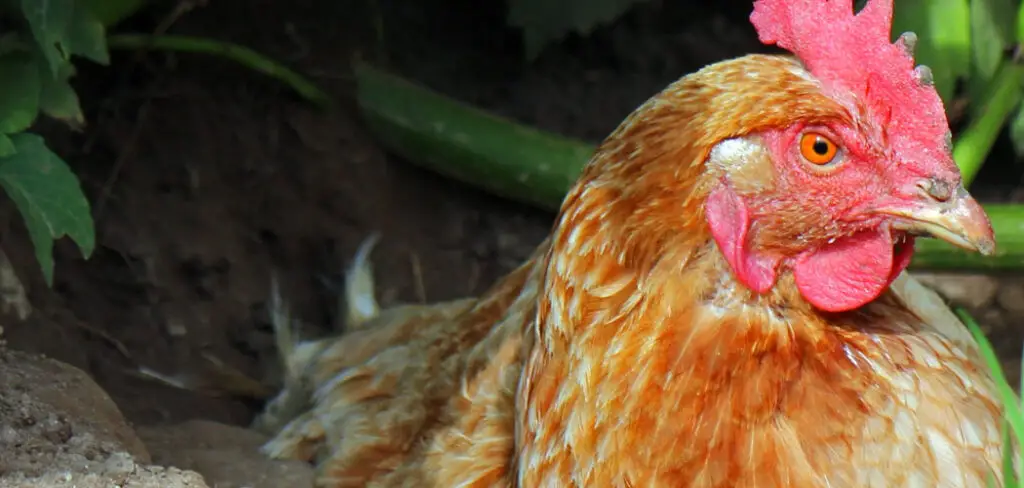
Egg binding in hens is a concerning condition where a hen cannot pass an egg. This can lead to discomfort, distress, and, if left untreated, more serious health issues or even death. Recognizing and effectively managing this condition is crucial for backyard poultry enthusiasts and farmers alike to ensure the well-being of their flocks.
This guide aims to provide practical steps and insights on how to treat egg bound hen, highlighting the importance of prompt intervention, supportive care, and, when necessary, veterinary assistance. Armed with the right knowledge, poultry keepers can act swiftly to alleviate their hen’s discomfort and prevent potential complications associated with egg binding.
What is the Importance of Early Detection and Intervention?
Early detection is key to successfully treating an egg-bound hen. As soon as a hen shows signs of discomfort, it is important to take action immediately. Some common symptoms of egg binding include lethargy, difficulty walking or standing, straining or squatting frequently, and a swollen vent area. If you notice any of these signs in your hen, it is crucial to take action promptly.
An egg-bound hen may also appear distressed or agitated, and she may even stop eating or drinking. If not addressed promptly, this can lead to dehydration and further complications. It is important to monitor your hens closely and observe any changes in their behavior or appearance.
What Will You Need?
Before starting the treatment for an egg-bound hen, gathering all the necessary supplies is important. These may include:
- A warm and quiet place for the hen to rest
- Epsom salt or electrolyte solution
- Clean towels or cloths
- A shallow dish with lukewarm water
- A lubricant, such as vegetable oil or petroleum jelly
- Calcium supplement (if available)
- Crushed eggshells or oyster shells (if available)
- A pair of disposable gloves (optional but recommended for hygiene purposes)
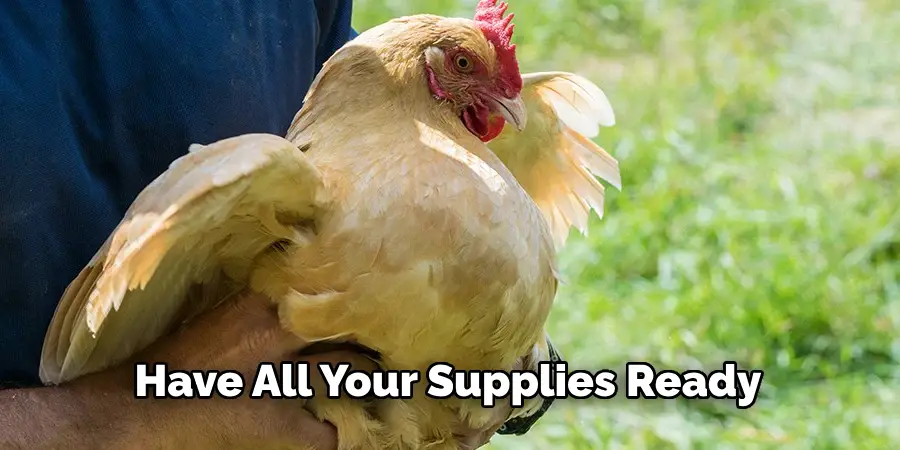
Once you have all your supplies ready, follow the steps below to effectively treat an egg bound hen.
10 Easy Steps on How to Treat Egg Bound Hen
Step 1. Isolate the Hen:
Isolating the hen is a crucial first step in the treatment process. Egg-bound hens are often stressed and may require peace and quiet away from the flock to recover. Choose a warm, quiet place away from the noise and activity of the coop.
This environment will help the hen stay calm and reduce any additional stress that could exacerbate her condition. Ensure the isolation area is comfortable, with adequate bedding and protection from any drafts. The goal is to create a safe and stress-free environment where the hen can focus on passing the egg without distractions or potential bullying from other flock members.
Step 2. Warm Bath or Compress:
Gently place the hen in a shallow dish of lukewarm water, ensuring the water level is not too high to cause distress. A warm bath can help relax the hen’s muscles and vent area, facilitating the passing of the egg. Alternatively, applying a warm, moist cloth to the vent area can also be beneficial if the hen appears too stressed for a bath.
Keep the hen in the bath for 15-20 minutes, or maintain the compress, periodically checking to ensure it remains warm. This step can significantly aid in relieving the hen’s discomfort and may help the egg to pass more easily.
Step 3. Apply Lubricant:
After the warm bath or compress, applying a lubricant around the hen’s vent area can further assist in easing the egg’s passage. Use a clean finger or cotton swab to gently apply a small amount of vegetable oil or petroleum jelly around the vent.
Be careful not to insert your finger or any object into the vent, as this could harm the hen or cause the egg to break inside, leading to more severe complications. This lubrication step can make a significant difference, providing the necessary slickness to help the egg slide out with less effort from the hen.
Step 4. Provide a Calcium Supplement:
Offering a calcium supplement can be crucial in supporting an egg-bound hen. Calcium plays a vital role in muscle contraction, which can aid in expelling the egg. You can administer a calcium supplement directly according to the product instructions or provide crushed eggshells or oyster shells if a commercial supplement isn’t available.
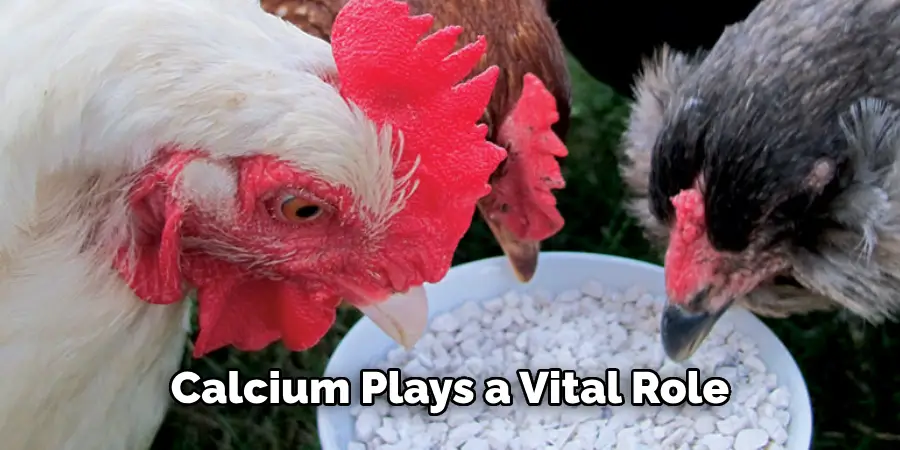
However, ensure the hen is willing and able to consume these on her own to avoid further stress or injury. This step could help strengthen the hen’s muscular contractions, making her pass the egg easier.
Step 5. Encourage Hydration:
Keeping the hen hydrated is essential during this stressful period. Offer fresh water, possibly with added electrolytes, to replenish any fluids she may have lost and to keep her strength up. Sometimes, gently dipping the hen’s beak in the water can encourage her to drink if she’s been ignoring her water dish. Hydration not only helps with overall hen health but can also soften the egg’s contents, potentially easing the passage.
Step 6. Offer a Warm Spot for Resting:
After the initial treatment steps, providing a warm and comfortable resting spot for the hen is critical. A heating pad set to low, covered with a towel, or a heat lamp can be used to keep the area warm but not too hot. Ensure the hen has enough space to move away from the heat source if it becomes too warm.
Keeping her body temperature regulated is essential for her recovery process and can help relax the muscles further, aiding in the egg’s passage. Monitor the hen closely during this period, checking for any signs of distress or if the egg has been passed.
Step 7. Monitor for Egg Passage:
Closely watch the hen during the next few hours to see if she can pass the egg. It’s important to check regularly without causing the hen further stress. Observations should be made discreetly, ensuring not to disturb her relaxation and recovery process. If the egg is successfully passed, it should be removed promptly from the resting area to maintain cleanliness and prevent any potential health issues from arising due to a broken egg.
Step 8. Repeat if Necessary:
If the egg has not passed within a few hours, you may need to repeat the earlier steps, particularly the warm bath or compress and lubricant application. Sometimes, additional attempts are necessary for the egg to be expelled. However, if there’s no progress after several attempts, seeking veterinary assistance becomes imperative to avoid serious complications.
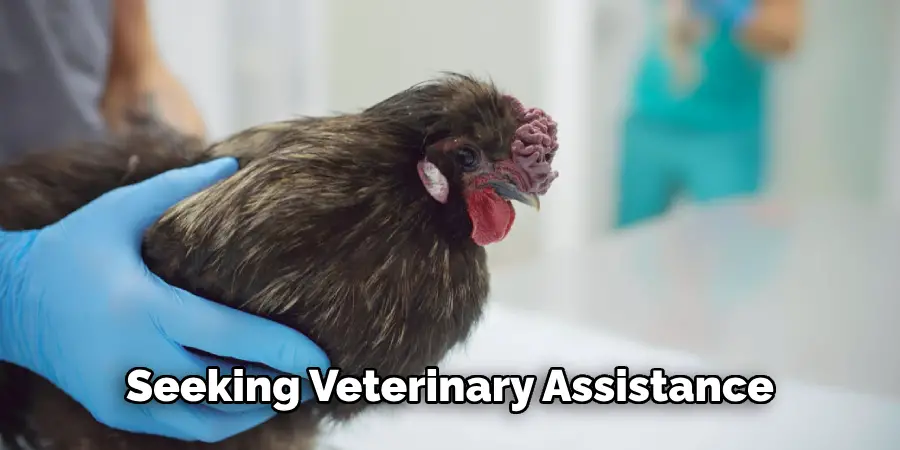
Step 9. Seek Veterinary Assistance:
If, after repeating the steps above, the egg has not been passed, it is crucial to seek veterinary assistance without delay. A veterinarian can offer more advanced treatment options, such as manually removing the egg or administering medication to induce muscle contractions.
Professional intervention is crucial if the hen shows signs of distress or lethargy, or if her condition worsens. Early veterinary intervention can prevent severe complications, including infection or damage to the reproductive tract, ensuring the best possible outcome for the hen.
Step 10. Post-Recovery Care:
Once the egg has been successfully passed, it’s essential to continue monitoring the hen for any signs of distress or recurrence of the condition. Gradually reintroduce her to the flock, ensuring she is strong enough and not showing signs of weakness or illness, as this could make her a target for bullying. Provide a nutrient-rich diet to help her regain strength, including high-protein foods and continued access to calcium supplements to support eggshell quality and overall health.
Observe her laying behavior closely in the following weeks to ensure that she does not become egg-bound again, and maintain a clean, stress-free environment to support her recovery and well-being.
By following these steps and providing prompt care, you can help your egg-bound hen safely pass the egg and recover from this stressful condition.
5 Additional Tips and Tricks
- Increase Calcium Intake: Supplying an egg-bound hen with additional calcium can help strengthen her muscular contractions, aiding in the expulsion of the egg. You can do this by offering calcium-rich supplements or crushed oyster shells.
- Promote Relaxation: Stress can exacerbate the condition. Create a calm and comfortable environment for your hen by isolating her from the flock in a quiet, dim area. This can help relax her muscles and facilitate the laying process.
- Lubrication: Applying a mild lubricant such as vegetable oil or a commercial hen lubricant around the vent area can aid in the smooth passage of the egg. Be cautious and gentle when applying to avoid causing further distress.
- Veterinary Assistance: If the aforementioned methods do not result in the egg passing within a few hours or if the hen shows signs of distress, lethargy, or ill-health, seek professional veterinary care immediately. An egg-bound condition can become life-threatening, and a veterinarian can provide necessary interventions, potentially including manual removal of the egg or surgery.
- Prevention: Prevention is always better than cure. To reduce the chances of your hens becoming egg bound, ensure they have access to a well-balanced diet with sufficient calcium and protein. Regularly check for any underlying health issues and provide appropriate care and treatment promptly.
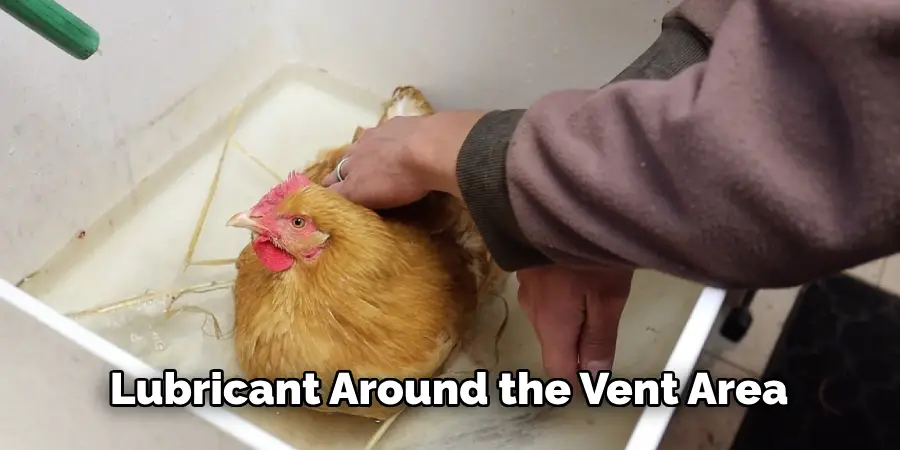
These additional tips and tricks can help successfully treat an egg-bound hen, but monitoring and assessing the hen’s progress is crucial.
5 Things You Should Avoid When Treating an Egg Bound Hen
- Avoid Delaying Treatment: Time is crucial when dealing with an egg-bound hen. Delaying treatment can escalate the situation, leading to severe health complications or even death. Monitor your hens regularly for any signs of distress and act promptly if you suspect egg binding.
- Do Not Apply Excessive Pressure: Attempting to manually expel the egg by applying pressure on the hen’s abdomen can do more harm than good. The egg can break inside the hen, leading to infection or internal injury.
- Steer Clear of Cold Water Baths: While some sources may suggest using a cold water bath to stimulate the hen, this can actually shock her system and worsen the condition. Instead, use warm water to help relax the hen and potentially ease the passing of the egg.
- Refrain from Overusing Lubricants: While lubrication can help, excessive use can introduce bacteria to the vent and cause infections. Apply lubricant sparingly and ensure it is safe for use on hens.
- Avoid Stressful Environments: Keeping the hen in a loud or chaotic environment can increase her stress levels, making it harder for her to pass the egg. Provide a calm and secluded space for her to rest and recover without the stressors of the flock or external noises.
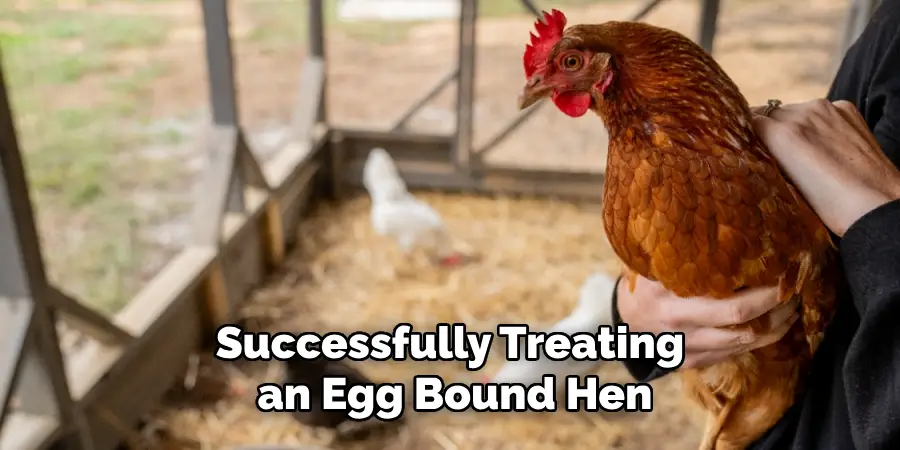
By avoiding these actions, you can ensure the best chances of successfully treating an egg bound hen and promoting her overall health and well-being.
What Are the Signs of an Egg-bound Chicken?
Recognizing the signs of an egg-bound chicken is crucial in providing timely treatment and preventing potential health complications. Some common signs to look out for include:
- Lethargy and Weakness: An egg-bound hen may appear weak, lethargic, or show signs of fatigue.
- Straining and Discomfort: The hen may squat frequently or strain to pass the egg, often accompanied by vocalizations of distress.
- Inactivity and Reduced Appetite: An egg-bound hen may show a decreased interest in food and water and may prefer to sit still or lie down instead of moving around with the rest of the flock.
- Swollen Vent Area: The vent area may appear swollen, red, or inflamed due to the stuck egg.
- Distended Abdomen: In severe cases, the hen’s abdomen may appear distended or bloated due to the retained egg.
If you notice any of these signs in your hen, it is crucial to take immediate action and seek professional veterinary care if necessary. Egg binding can quickly become a life-threatening condition if left untreated.
Overall, closely monitoring your hens’ health and providing proper care and attention can help prevent egg binding and ensure their well-being. So, be observant and proactive, and take necessary precautions to keep your flock healthy and happy.
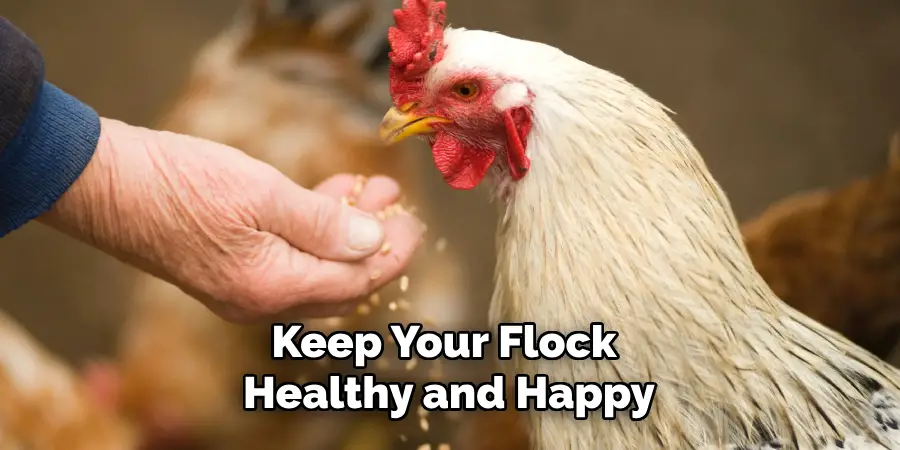
How to Give a Chicken Calcium?
There are multiple ways to provide your chickens with essential calcium. Here are some options to consider:
- Calcium Supplements: You can purchase calcium supplements specifically designed for chickens from a farm supply store or online. These can come in the form of tablets, pellets, or powder and can be mixed into their feed.
- Crushed Oyster Shells: Oyster shells are a natural and readily available source of calcium for chickens. They can be crushed into smaller pieces and offered to your hens in a separate dish.
- Eggshells: You can also save your eggshells, sterilize them by baking them in the oven for 10-15 minutes, crush them, and offer them to your hens as an additional source of calcium.
- Vegetables and Greens: Certain vegetables and greens, such as kale, broccoli, and spinach, are high in calcium and can be offered to your hens as a treat or mixed into their feed.
Remember to offer these sources of calcium in moderation, as too much can also harm your chickens. Consult with a veterinarian for specific recommendations on the amount and frequency of calcium supplementation for your flock.
What Chicken Breeds Are Prone to Egg Bound?
Some chicken breeds may be more prone to egg binding than others due to their genetics or body structure. These include:
- Egg-laying Breeds: Breeds known for their high egg production, such as Leghorns, Rhode Island Reds, and Isa Browns, may be more likely to experience egg binding.
- Larger Breeds: Hens that are larger in size, such as Orpingtons or Jersey Giants, may be more prone to egg binding due to their body structure and the size of their eggs.
- Older Hens: As a hen age, her reproductive system may become less efficient, increasing the chances of egg binding.
- Hens with Health Issues: Underlying health issues, such as nutritional deficiencies or reproductive disorders, can also increase the likelihood of egg binding in hens.
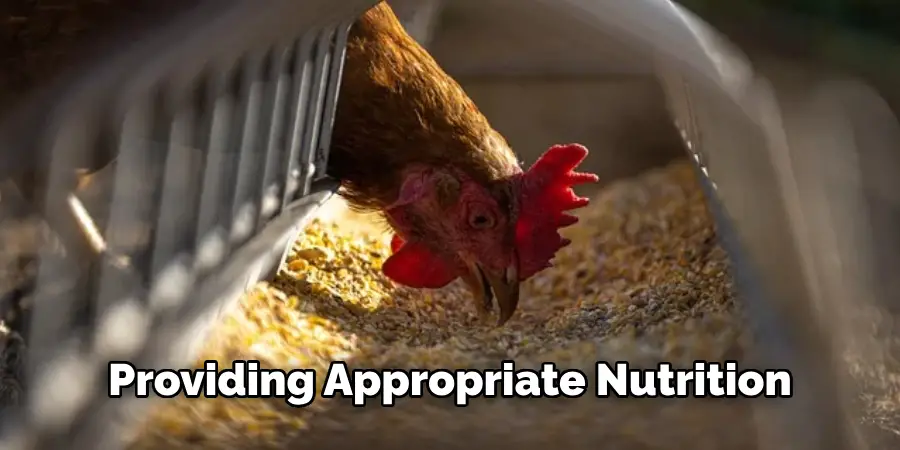
Being aware of these factors is essential when selecting and caring for your chicken breeds. Providing appropriate nutrition and monitoring their overall health can help prevent egg binding in susceptible breeds.
Conclusion
Treating an egg-bound hen requires a gentle and informed approach, prioritising the bird’s comfort and health. By recognizing the signs early and avoiding harmful interventions, you can significantly increase the chances of a successful recovery. Warm baths, correct use of lubricants and calcium supplements, and creating a stress-free environment form the crux of initial home care.
However, it’s crucial to consult a veterinarian for professional assessment and treatment early in the process. Proactive measures, such as providing a well-balanced diet rich in calcium and monitoring your flock for signs of distress, are key in preventing egg binding. Remember, the well-being of your hens depends on your knowledge, attentiveness, and prompt action, ensuring they lead healthy, productive lives.
Hopefully, this guide has provided you with valuable information on how to treat egg bound hen. Keep learning, observe your flock closely, and seek professional help when needed to ensure the best possible outcomes for your feathered friends. Happy chicken keeping!

